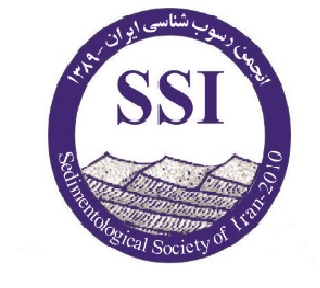A new look at the rotation of Central Iran: A case study of the Anar fault, east block of the Yazd
Subject Areas :
Hamidreza AfkhamiArdakani
1
![]() ,
farzin ghaemi
2
*
,
farzin ghaemi
2
*
![]() ,
Fariba Kargaran Bafghi
3
,
Fariba Kargaran Bafghi
3
![]() ,
Ahad Nouri
4
,
Ahad Nouri
4
1 - 1PhD Student, Faculty of Sciences, Department of Geology, Ferdowsi University of Mashhad, Mashhad, Iran
2 - ferdowsi university of mashhad
3 - Assistant Professor, Faculty of Sciences, Department of Geology, Yazd University, Yazd, Iran
4 - Department of Geology, Ferdowsi University of Mashhad, Mashhad, Iran
Keywords: Anar fault, Paleostress, Central Iran, Yazd block,
Abstract :
The Anar fault in the east of Yazd city, with a north-northwest-south-southeast strike, is a basement fault that separates the Yazd block from the Posht Badam block, and its current activity is a dextral strike-slip with a reverse component. The paleostress analysis was done on this fault in order to obtain the tectonic history of central Iran in the period from Devonian to Cretaceous. After analyzing 110 fault data in 13 stations of 2 tectonic phases, it was determined that the maximum stress obtained is between the azimuths of 90 to 110 and 190 to 220 and the angle of stress direction changes in the period from Devonian to Cretaceous is 130 degrees. Based on the studies on the barite veins and the dextral displacements that were seen on them, the separation of the stress phases was done, which indicates that the NNE stress direction is older. Further, according to the previous studies of sedimentology and tectonics in central Iran, it was concluded that the cause of this change in tension was the movement towards the northeast along with the 130 degree counter-clockwise rotation of central Iran.
• جعفریان،ب.،جلالی،ع.،قریب،ف.،1385. نقشه زمین شناسی 100000/1فهرج،سازمان زمین شناسی و اکتشاف معدنی کشور.
هوشمندزاده،ع.،پورلطیفی،ع.،1386.نقشه زمین شناسی 100000/1خرانق،سازمان زمین شناسی و اکتشاف معدنی کشور.

